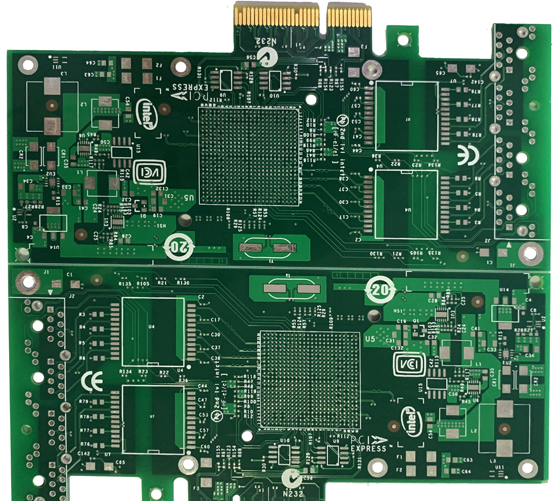System initialization analysis on PCB board
Designing with this method needs to update the design concept, and the control logic of the system is transferred from hardware to firmware or software. Moreover, these advantages are to reduce the number of required components, reduce the cost of the system, and have greater flexibility in adapting to unforeseen needs. When this circuit board is plugged into the backplane, the hot-swap controller must perform the following operations perfectly:
First, monitor the power supply voltage and current on the board and the status signals of the subsystems on the circuit board to determine whether everything is working properly. If this is the case, the controller can enable the HEALTHY signal on the cPCI bus. In the event of a failure, the controller needs to react in a way that minimizes potential damage.
Second, test that the CPCI bus power is in a stable state, and use the /BRD_SEL signal to make the circuit board in place. When these conditions are met, the controller can connect the power supply system of the PCB board (circuit board) to the bus power supply. For power circuits that draw large currents on a circuit board, power management may also need to control the rate of voltage rise to prevent transient damage to the operation of other PCB boards (circuit boards) in the system.

Third, monitor the control signals of the CPCI bus, especially /PCI_RST. The power manager must enable the local reset signal /LOCAL_PCI_RST to be valid. After all the board-level voltages have stabilized, it will be maintained for a certain period of time to ensure that the system on the board is initialized correctly.
On the contrary, when the hot-swap controller detects that the PCB board (circuit board) is being unplugged from the system, it must be ensured that the power supply at the edge of the circuit board is disconnected before the power connector is disconnected. Failure to do so will cause arcing and transients on the power supply of the backplane, which may interfere with other operating circuit boards.
With the continuous improvement of board-level integration, the requirements for the role and complexity of power management are getting higher and higher. Several devices may need to follow special power-up and power-off sequences. Even a single chip that uses multiple voltages to support cores and I/O circuits may require specialized timing. By using DC-DC converters and point-of-load regulators, multiple power supplies are often provided on the local circuit board, and separate monitoring and control functions may be required.
The power management system can be implemented by combining standard power management integrated circuits with top-level control functions. Although a simple design is feasible, when people try to provide the various functions and interface requirements of an independent controller, this method quickly becomes uncontrollable.
Instead of implementing the power management system from one or more pre-defined controller integrated circuits, a more effective method is to first consider those basic functions that are needed to support the power management system. These functions can be divided into resources that support hardware measurement and control, and logic operations that support timing and combination processing creation.
The initial analysis of the system on the PCB board introduced by the circuit board is for your reference.
As a professional PCB circuit board supplier, the company focuses on the production of high-precision double-sided/multilayer circuit boards, HDI boards, thick copper boards, blind buried vias, high-frequency circuit boards, PCB proofing and small and medium batch boards.